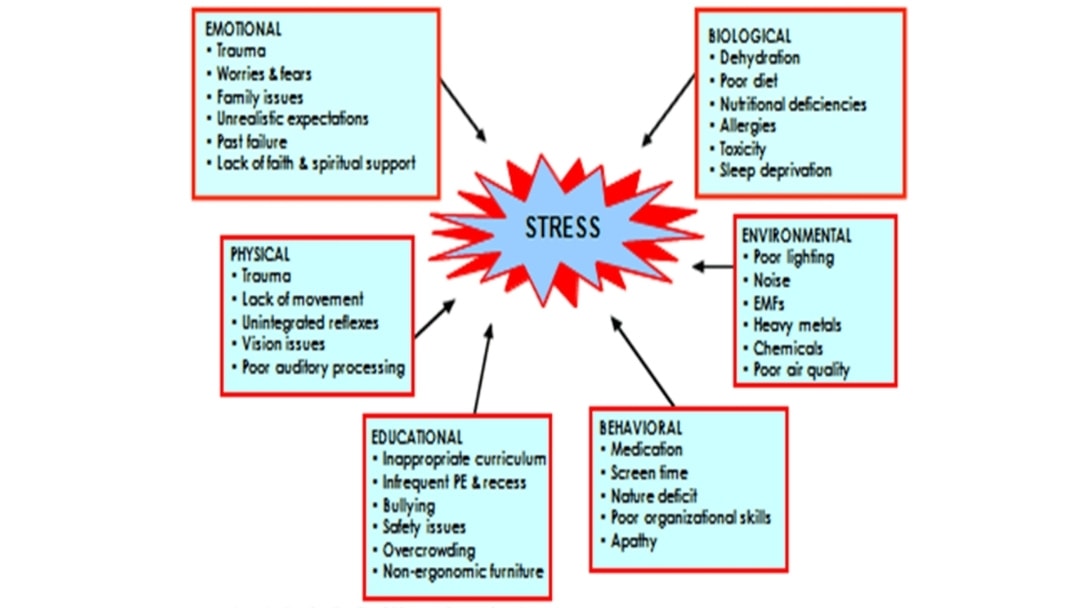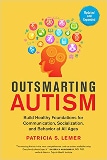Total Load Theory
“Total Load Theory” is a widely used engineering term that, for decades, has been applied to explain why a bridge might collapse. Who or what is to blame? The truck driver? The trucking company? The engineer who designed the bridge? The weather? The ship captain whose tanker bumped into the moorings endless times? Obviously not any of them is a single cause, even though each stressor contributed to the outcome. An accumulation of dozens of stressors caused the bridge to collapse.
The American Academy of Environmental Medicine (AAEM), founded in 1965, is generally recognized as the first to apply the “total load” to explain the multi-factorial, complicated root causes of chronic health conditions. According to the AAEM website,
“The “total load” concept postulates that multiple and chronic environmental exposures in a susceptible individual contribute to a breakdown of that person’s homeostatic mechanisms. Rarely is there only one offending agent responsible for causing a diseased condition. Multiple factors co-exist, usually over a prolonged period of time in bringing about the disease process.”
Expansion of the Total Load Theory by Patricia Lemer
In the early 1990s, Licensed Professional Counselor, Patricia S. Lemer expanded this term to apply to the growing number of children with attention deficits, autism, learning disabilities, and other behavioral and learning issues. When she and three colleagues founded the non-profit Developmental Delay Resources (DDR), Lemer recognized that many types of stressors were at play. Not only were toxins and chemicals from our air, food, and water affecting health, but changes in medical practices, education, and society, in general, were having unintended, negative consequences on all bodily systems.
For about 20 years, DDR educated the public about how such practices as a developmentally inappropriate curriculum that demands reading in kindergarten, and requires kids to “sit still and pay attention,” can actually hurt our kids. Furthermore, safety concerns that limit movement, such as putting babies on their backs to sleep, and choosing processed foods over home-cooked meals, can often lead to sensory problems, poorly integrated reflexes, delayed motor skills, and other stressors. These factors expanded the AAEM’s definition of “total load theory,” to include lifestyle, medical, and societal stressors, and ways we can remediate, and even reverse delays.
In her 2019 book, Outsmarting Autism, Build Healthy Foundations for Communication, Socialization, and Behavior, at All Ages, Lemer states that,
“‘Total Load Theory’ brings together many possible etymologies for developmental delays: biological, environmental, immunological, neurological, psychological, and toxicological. As stressors mount, they cause sensory, motor, language, social emotional, and other systems to collapse.”
When Epidemic Answers merged with DDR in 2013, the two organizations, now one, continued to apply “total load” to a burgeoning number of chronic childhood health and developmental conditions. Everyone recognized that the combination of load factors plus a lack of support factors, such as nutritious food, sufficient sleep, and daily movement, had created a perfect storm that prohibited many kids from being able to thrive at their true potential. The focus was on both identifying an individual child’s unique load factors as well as support factors that could result in more resilience.
Total load theory continues to be one of the basic tenets of environmental medicine and environmental and systems-oriented health disciplines. Epidemic Answers and The Documenting Hope Project use it as a model for their work.
About Beth Lambert
Beth Lambert is a former healthcare consultant and teacher. As a consultant, she worked with pharmaceutical, medical device, diagnostic and other health care companies to evaluate industry trends.
She is the author of A Compromised Generation: The Epidemic of Chronic Illness in America’s Children (Sentient Publications, 2010). She is also a co-author of Epidemic Answers’ Brain Under Attack: A Resource for Parents and Caregivers of Children with PANS, PANDAS, and Autoimmune Encephalitis.
In 2009, Beth founded Epidemic Answers and currently serves as Executive Director. Beth attended Oxford University and graduated from Williams College and holds a Masters Degree in American Studies from Fairfield University.

Still Looking for Answers?
Visit the Epidemic Answers Practitioner Directory to find a practitioner near you.
Join us inside our online membership community for parents, Healing Together, where you’ll find even more healing resources, expert guidance, and a community to support you every step of your child’s healing journey.




